Batman: The Animated Series is one of the most fondly-remembered pieces of Batman media ever, but the cartoon didn’t always make perfect sense from a logical standpoint. Starring the legendary Kevin Conroy as Batman, Batman: The Animated Series was the beating heart and soul of the DCAU, presenting a striking interpretation of Batman that straddled the line between lighthearted kid’s entertainment and heady adult storytelling. As great as the show was, it had a few questionable aspects.
Most of the elements of Batman: The Animated Series that don’t make sense are the result of the show’s endeavor to be family-friendly, but also gritty and dark, the two sometimes mixing together poorly and leading to logical pitfalls with no explanation. The sheer volume of Batman: The Animated Series episodes also ensured that the series occasionally struggled to come up with episodic narratives, frequently resulting in stories that opened plot holes in Batman’s world. Whatever the case, the prestigious animated series didn’t always cross every t and dot every i.
10 Batman And Batgirl’s Eventual Romance
Bruce Timm’s obsession with this disturbing pairing occasionally shone through
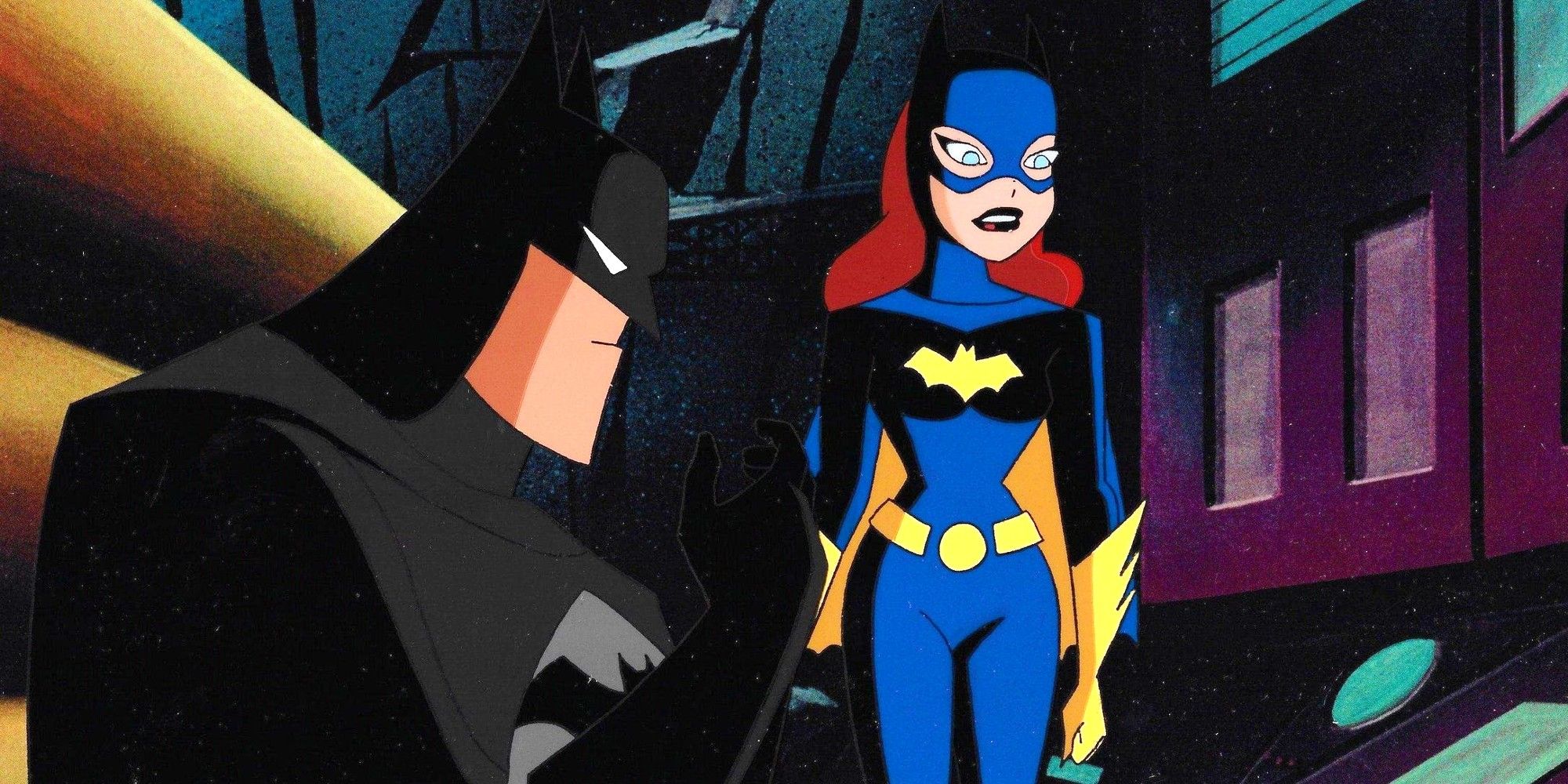
As a co-creator of Batman: The Animated Series, Bruce Timm deserves high praise for his work in popularizing Batman even further. However, Timm repeatedly demonstrates a fixation on an odd romantic pairing in his Batman stories, consisting of Bruce Wayne and Barbara Gordon. Even though the two are typically seen as having more of a father and daughter dynamic, a few episodes of Batman: The Animated Series hinted at this uncomfortable romance that would eventually manifest in DCAU canon.
In the tie-in comics, it’s revealed that not only do Batman and Batgirl get together, but Batman unintentionally gets her pregnant, casting their formerly wholesome relationship in the series in a decidedly gross light. In the animated movie set in the same continuity, Batman: Mystery of the Batwoman, Batman even acts like a jerk towards Barbara, unceremoniously ghosting her and ending their short-lived fling. Batman ultimately grooming his former sidekick into a one-night stand is by far the worst story element of the series, and one that makes little sense.
9 Gotham City’s Technology Progresses Way Too Far In 20 Years
Batman Beyond stretches suspension of disbelief to its breaking point
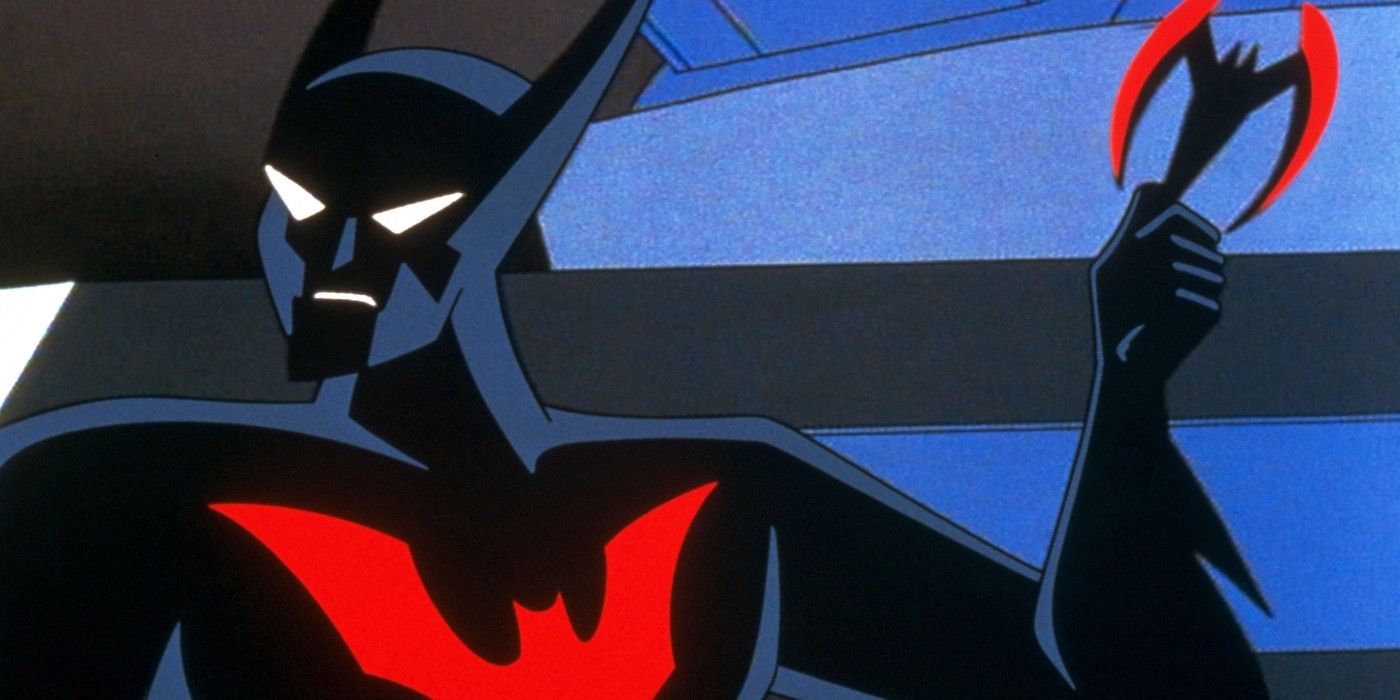
One of the coolest aspects of Batman: The Animated Series is how the show effortlessly transitions into Batman Beyond. The follow-up cartoon takes place decades into the future, starring an older Bruce Wayne who mentors the next Batman, a young delinquent student named Terry. As Batman, Terry struggles to live up to his new mantle while keeping tabs on all sorts of futuristic criminals in the neo-noir cyberpunk world of New Gotham City.
As interesting as the premise is, the idea that Gotham’s technology could advance so far in such a short amount of time is quite laughable. In just 30 to 35 short years, Gotham goes from being slightly behind the 90s in terms of technological advancement, with a decidedly retro gothic aesthetic, to a glimmering futuristic city with technology straight out of The Jetsons. It’s quite baffling that the world of the DCAU could advance so far in so little time, making Batman Beyond‘s premise hard to buy.
8 Batman Has No Defense Against Knockout Gas
The Dark Knight never seems to learn to defend himself against this trope
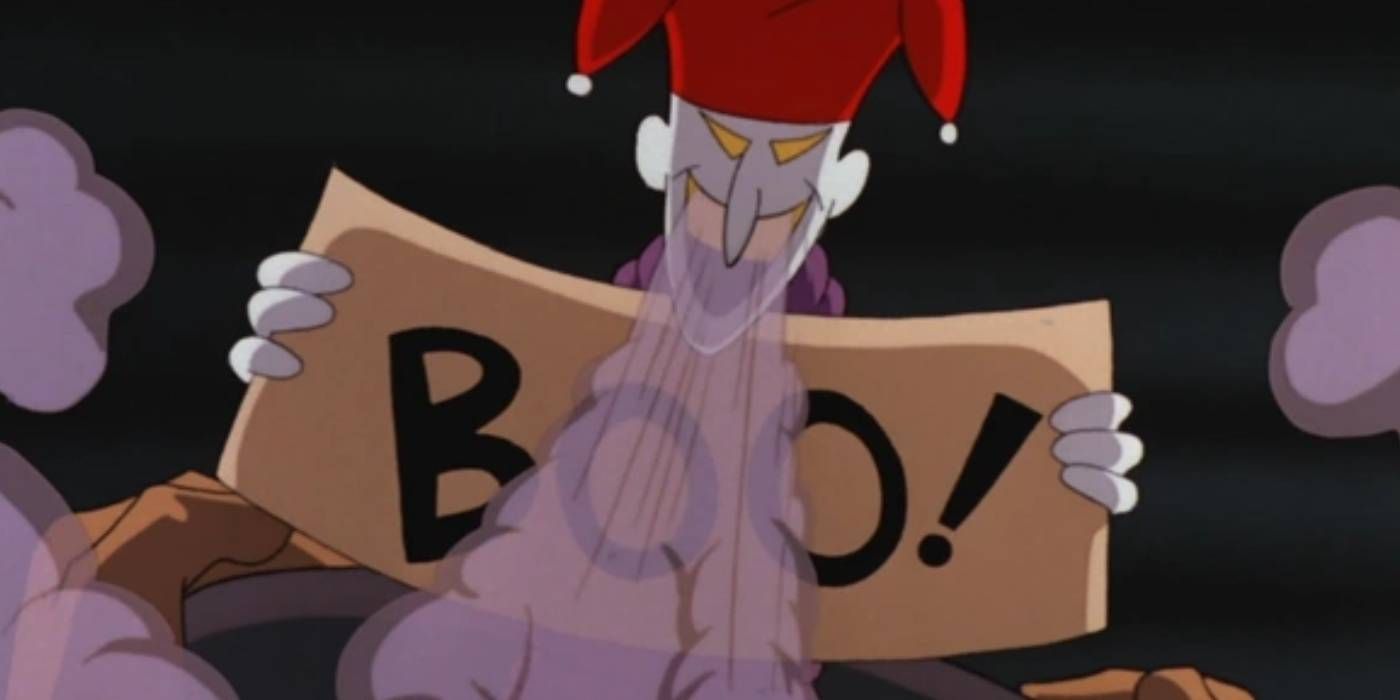
At the end of the day, Batman: The Animated Series was a cartoon marketed towards kids, meaning that however dark it got, it always had to censor itself in some way. While the censorship of Batman: The Animated Series forced the showrunners to get creative with their use of action, they would sometimes fall back onto reliable tropes a little too often. By far the most prominent was how often Batman would get knocked out due to some kind of incapacitating gas.
Batman falls to knockout gas a countless number of times in the show, even having to get saved by regular children at one point when he’s taken by surprise by The Penguin’s pellet gun hidden in his umbrella. After the first few times this happened, one would think the ever-prepared Batman would start taking some kind of re-breather or lower face mask into the field with him. But such a device winds up being one of the many gadgets Batman never uses in the animated series.
7 Batman Dooms Clayface For Seemingly No Reason
Batman occasionally forgets his “no-kill” rule
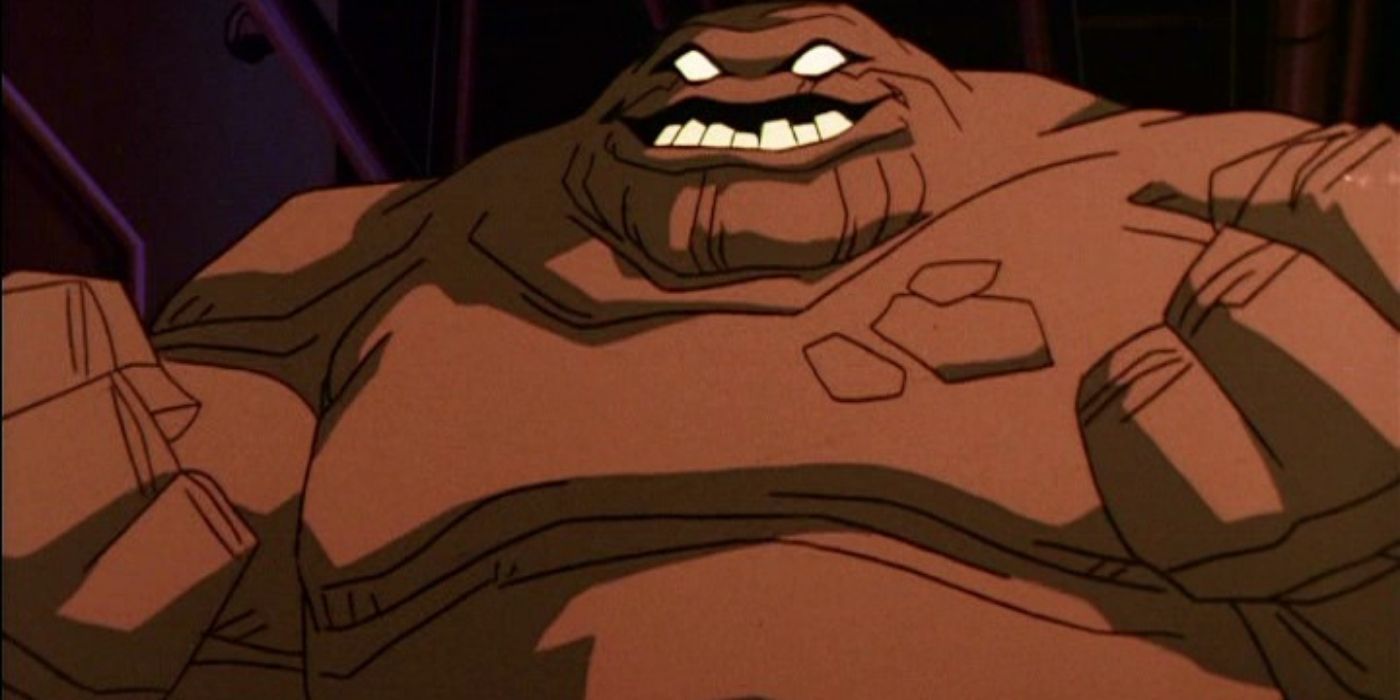
One thing Batman: The Animated Series deserves praise for is its fundamental understanding of Batman’s morality. Batman isn’t just a fearsome force to be reckoned with to drive criminals into hiding — He’s also willing to help those who need it, even villains, and never takes the lives of his enemies. However, in the episode Mudslide, Batman proves to be especially callous to one of his most tragic recurring villains, going against everything he’s demonstrated about his values previously.
In this installment, the amorphous criminal shapeshifter Clayface finds his body rapidly disintegrating. Luckily, Clayface is able to find a scientist who will be able to not only prevent his body from deteriorating, but cure his condition altogether, allowing him to live as his former human self easily once more. Just as the treatment is about to finish, Batman shows up and heartlessly stops the process, not only preventing Clayface from finding a cure, but allowing him to dissolve away into the rain.
6 Villains Asking For Less Money Than Their Schemes Would’ve Cost
Elaborate schemes like those of Farmer Brown make little monetary sense
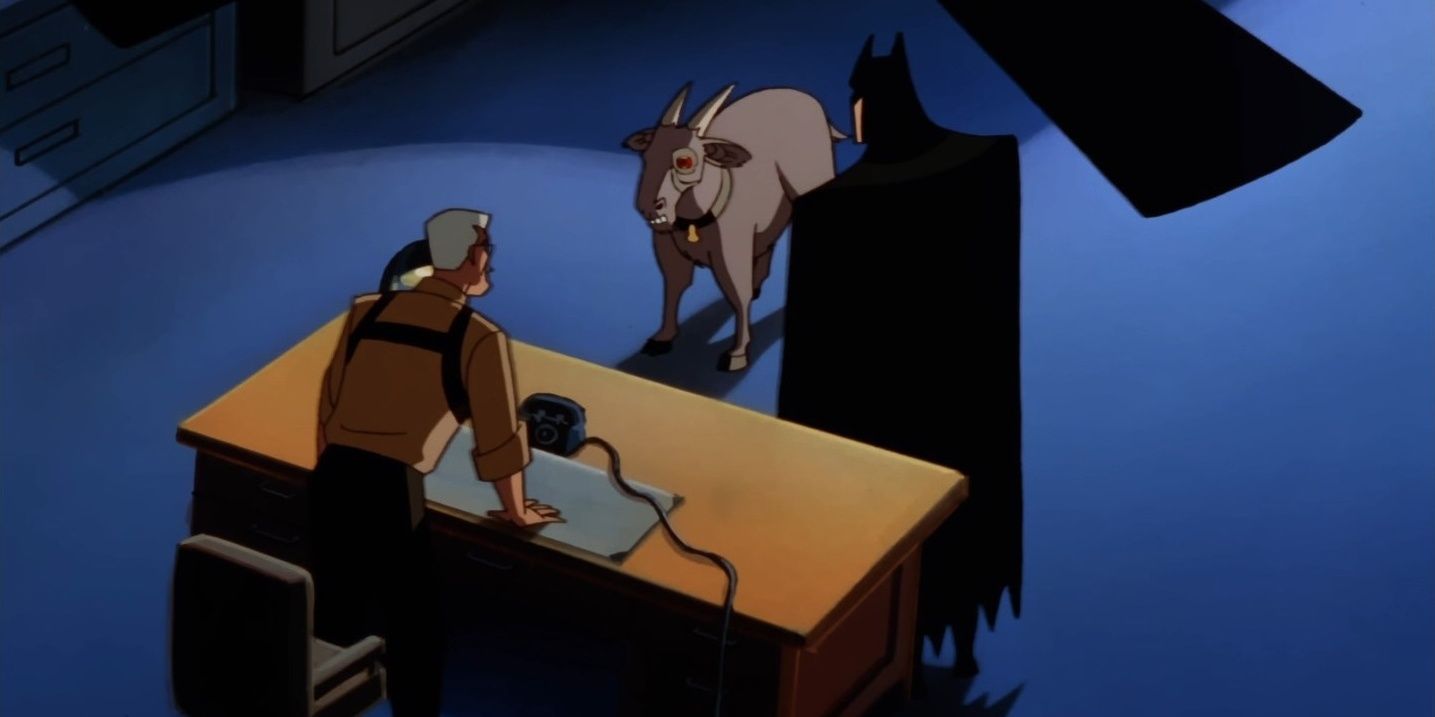
One of the cheesier elements of Batman: The Animated Series is the elaborate and juvenile schemes of the villains Batman finds himself up against. Many times, Batman’s villains in the show will hold Gotham City for ransom, demanding some outrageous sum of money to hold off on activating whatever their doomsday device of choice is. In many instances, however, the amount of money demanded doesn’t seem like it would make up for the cost of construction, leaving the villains at a net negative profit.
Perhaps the most glaring example of this is the one-off villain Farmer Brown, who stars as the antagonist of one of Batman: The Animated Series’ worst episodes, Critters. After constructing a massive indoor facility that breeds monstrous genetically-modified farm animals, Farmer Brown demands 50 million dollars from Gotham, lest he sick his mutated creations on the city. This amount seems like it would hardly cover the cost of creation for Farmer Brown’s animals.
5 Batman’s Ability To Take Punishment Is Inconsistent
Batman is exactly as tough as the plot needs him to be
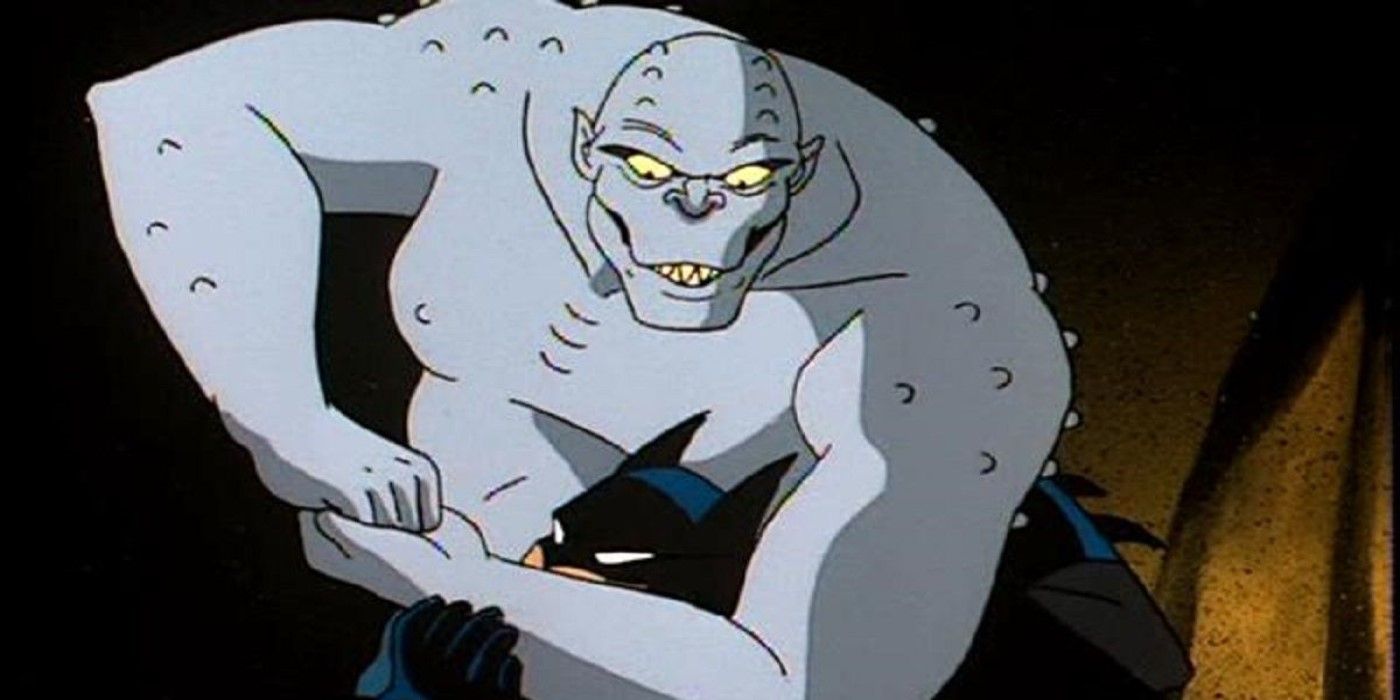
Batman’s ability to take punishment is one of the most inconsistent elements of the DCAU as a whole. In Batman: The Animaed Series, The Dark Knight is sometimes able to shrug off life-threatening injuries with little concern, eating punches from hardened criminals like they’re nothing. That being said, the plot will occasionally force Batman to be much weaker to justify the threat of villains who should truly have no business throwing down with the Caped Crusader.
One of the most blatant episodes in which this is the case is Baby-Doll, which introduces its titular one-off villain, a former child TV star cursed with a rare disease that prevents her from physically aging. Here, Batman gets the wind knocked out of him by simple tennis balls, and actually staggers backwards when someone with the strength of a 7-year-old wallops him with a literal plush doll. Every superhero has their off days, but Batman’s inconsistent skills and durability in the show is worthy of questioning.
4 Batman Takes The Bait On Obvious Traps
Batman isn’t always as tactical as he should be
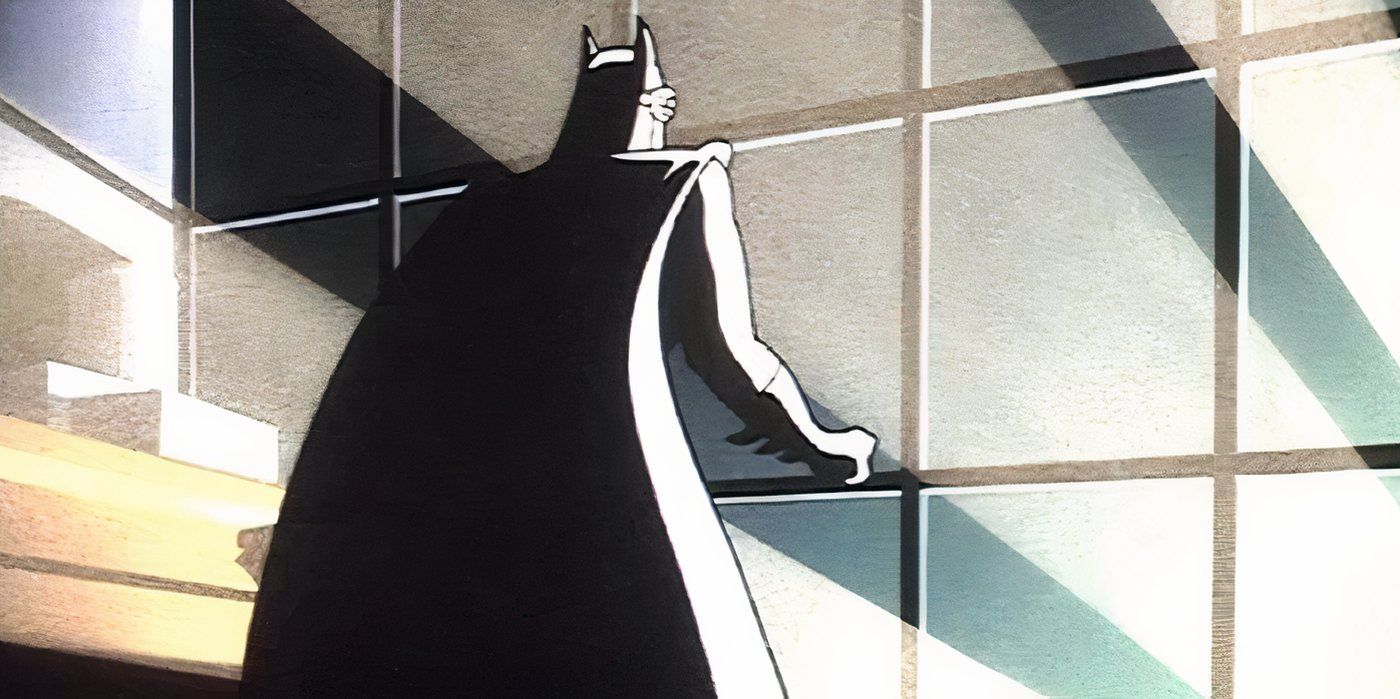
Even if Batman’s fighting skills aren’t always up to par, the premiere Batman series should at least accurately convey his brilliant tactical mind. However, Batman: The Animated Series sees Batman make quite a few blunders that seem incongruous to his skills as a detective and tactician, somewhat diluting the power of his sharp mind. One of the worst mistakes Batman consistently makes is his willingness to walk into obvious traps.
The episode Moon of the Wolf has Batman going toe-to-toe with a fearsome werewolf, but the circumstances the canine villain uses to lure him into a confrontation are bafflingly obvious. The lycanthrope athlete Anthony Romulus gets Batman to appear at his house alone by challenging him to receive a check for charity in-person. Somehow, this works, calling into question Batman’s supposedly genius intellect in the DCAU animated continuity.
3 The Batmobile Has A Regular Mechanic
Batman may as well take his famous car to a dealership
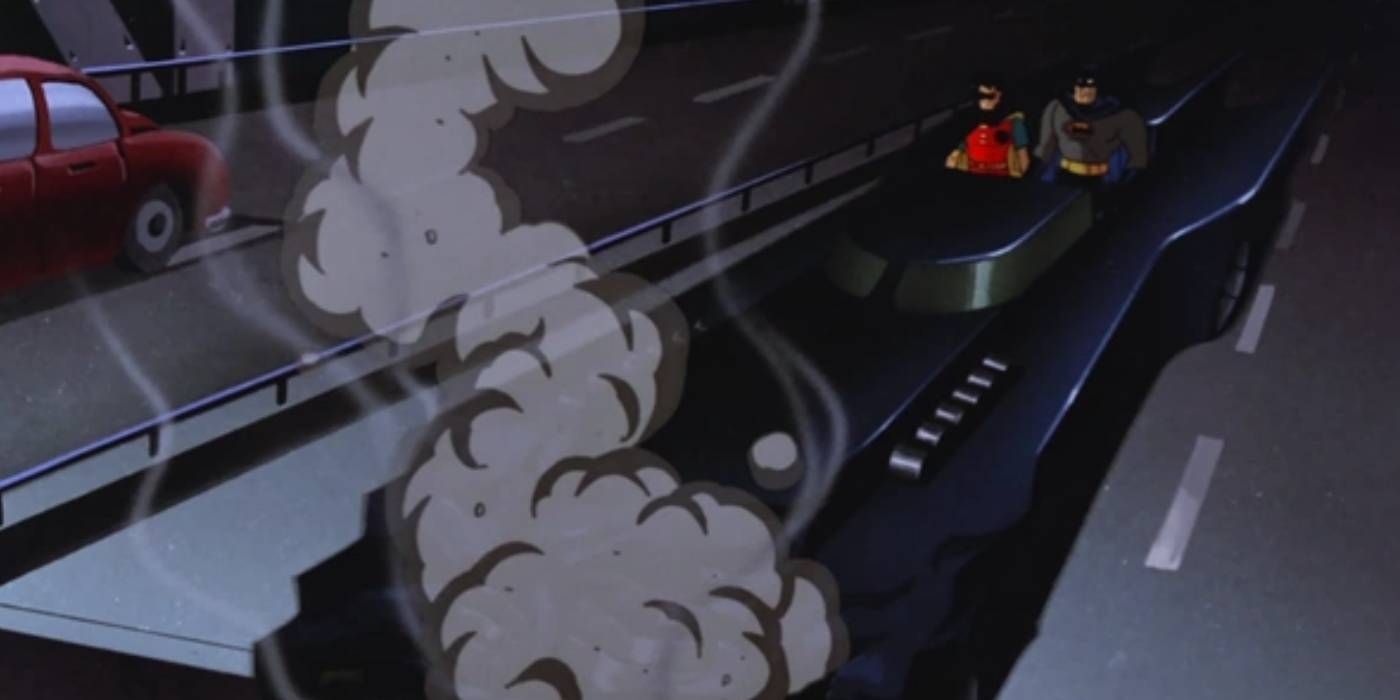
Like any interpretation of Batman worth his ears, Batman: The Animated Series gives Batman a stunning version of the Batmobile to help him chase down criminals on the road. In most Batman universes, it’s the brilliant engineer and business executive Lucius Fox who helps Batman maintain his more time-consuming gadgetry, including vehicles like the Batmobile. In Batman: The Animated Series, Lucius Fox is only ever shown to operate Wayne Enterprises, having no hand in the preservation of the Batmobile.
The episode The Mechanic reveals that the Batmobile is kept running by a simple civilian mechanic with no special ties to Bruce Wayne, somehow trusted by Batman to modify his beloved car with no supervision. As if that weren’t bad enough, this mechanic is under no special protection or surveillance by Batman, making him a prime target for Batman’s many villains. Sure enough, this is exactly what happens in the episode, with the poor blue-collar worker’s life being put on the line thanks to his association with Batman.
2 Robin Was Far Too Young
The Boy Wonder of the animated series but an emphasis on “boy”

Robin’s appearance in Batman: The Animated Series is quite abrupt, simply manifesting alongside Batman climbing a building in one episode with no build-up beforehand. Later, Robin’s actual origin story does get re-told, but it’s here that a crucial and alarming detail about this version of Robin is learned. In Robin’s Reckoning, it’s revealed that Dick Grayson was only 9 years old when Bruce Wayne adopted him. It isn’t long before he begins fighting crime as Robin.
When Batman dismisses Robin, going off on a solo mission without him, he tells him he isn’t able to explain his absence. Robin retorts that such an excuse may have worked “in 6th grade“, implying that Dick Grayson has been Robin for far longer than originally thought. Starting his hero career in 6th grade would’ve put Robin at 10 or 11 years old when he began going out as the Boy Wonder, alarmingly young for any version of Batman to justify.
1 Bumbling Kids Can Overpower The Penguin
Oswald Cobblepot quickly became a joke in the series
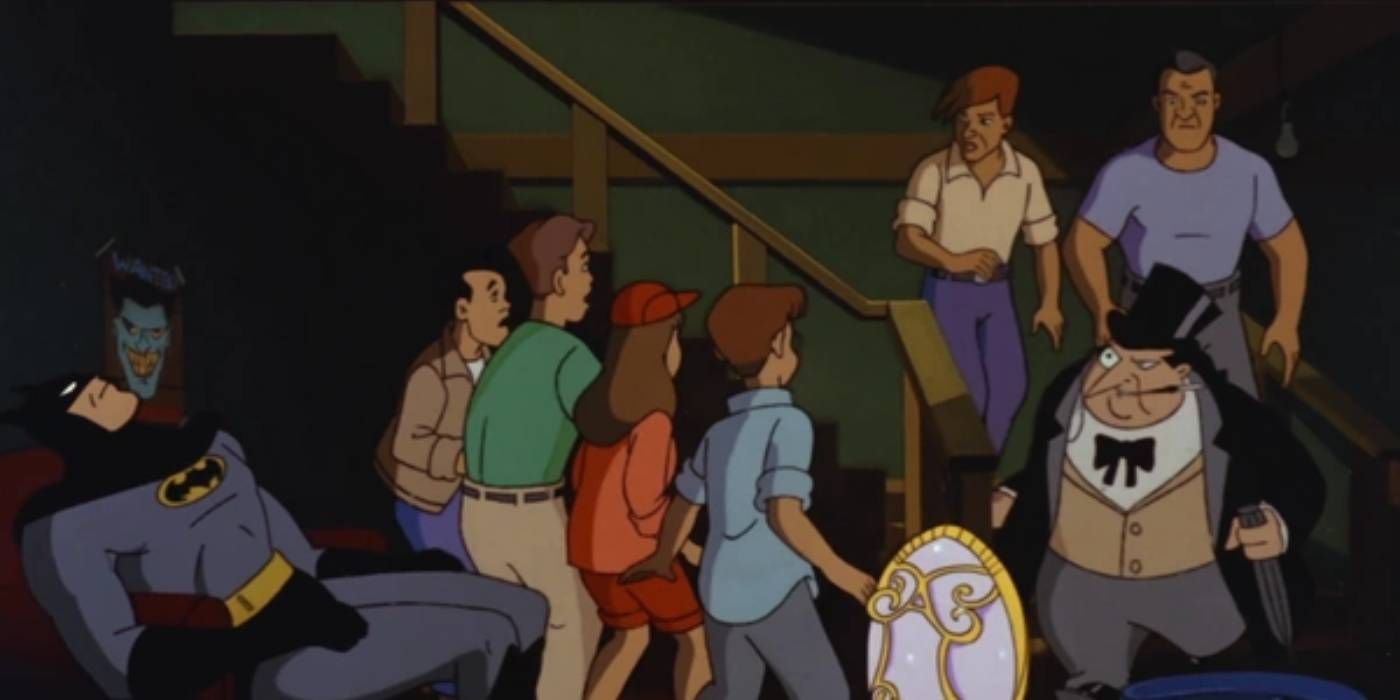
If there’s one famous Batman villain that becomes a joke far too frequently in various Batman movies and TV shows, it’s The Penguin. Oswald Cobblepot may have started Batman: The Animated Series as a genuine threat, but as the show went on, the avian villain became more and more of a laughingstock. His lowest low might be in the abysmal episode I’ve got Batman in my Basement, which pushes the incompetence of him and his crew to unbelievable levels.
Here, a simple duo of normal, nerdy kids become embroiled in a Batman plot when they follow one of The Penguin’s birds to a secret meeting, where they witness him steal a priceless Fabergé egg. When Batman gets knocked out, the kids are somehow able to evade and even defeat The Penguin and his goons through sheer accident, making Oswald Cobblepot out to be an absolute laughing stock. Low on the totem pole though he may be, The Penguin is paradoxically overpowered by meddling kids in Batman: The Animated Series.





